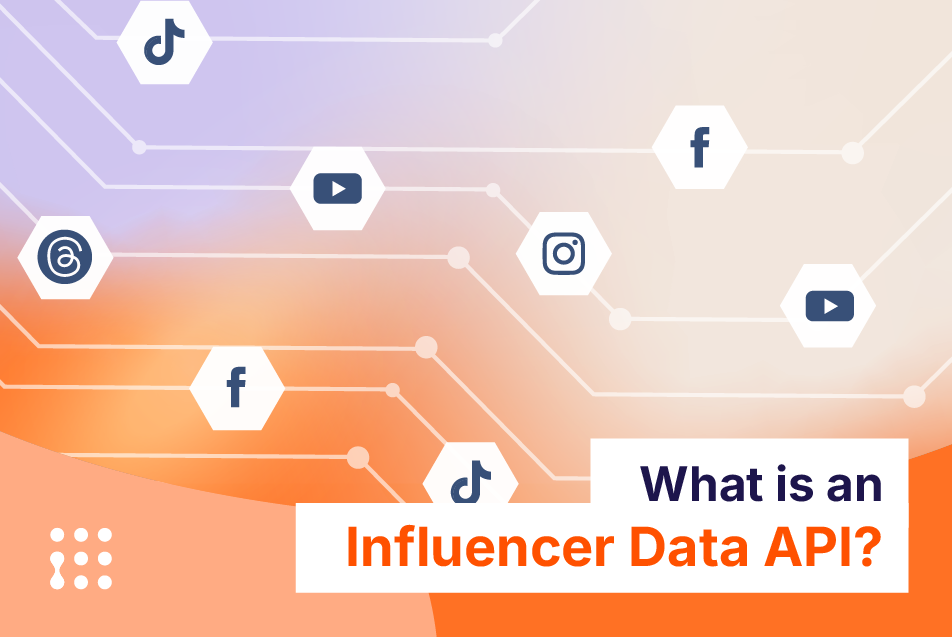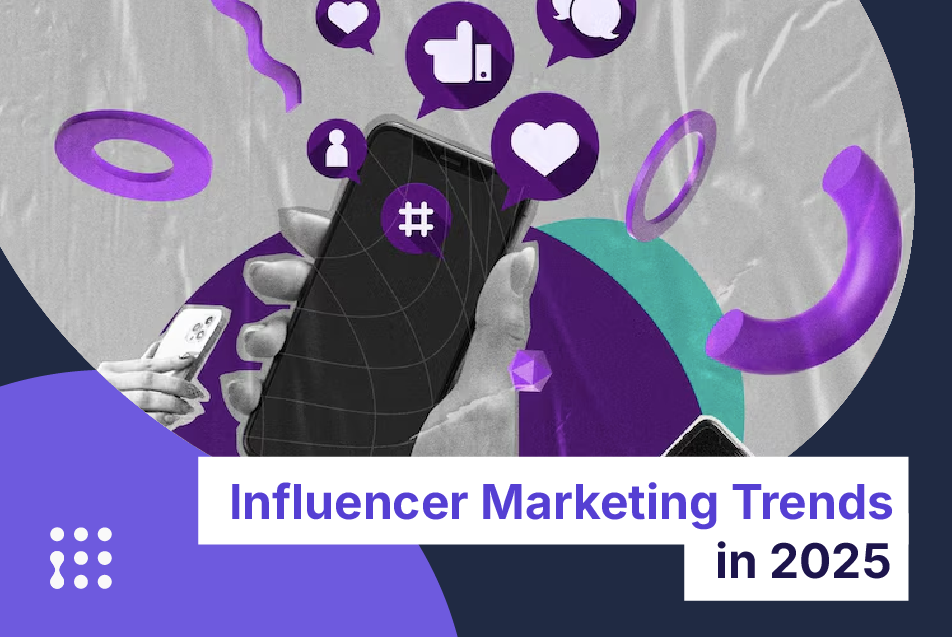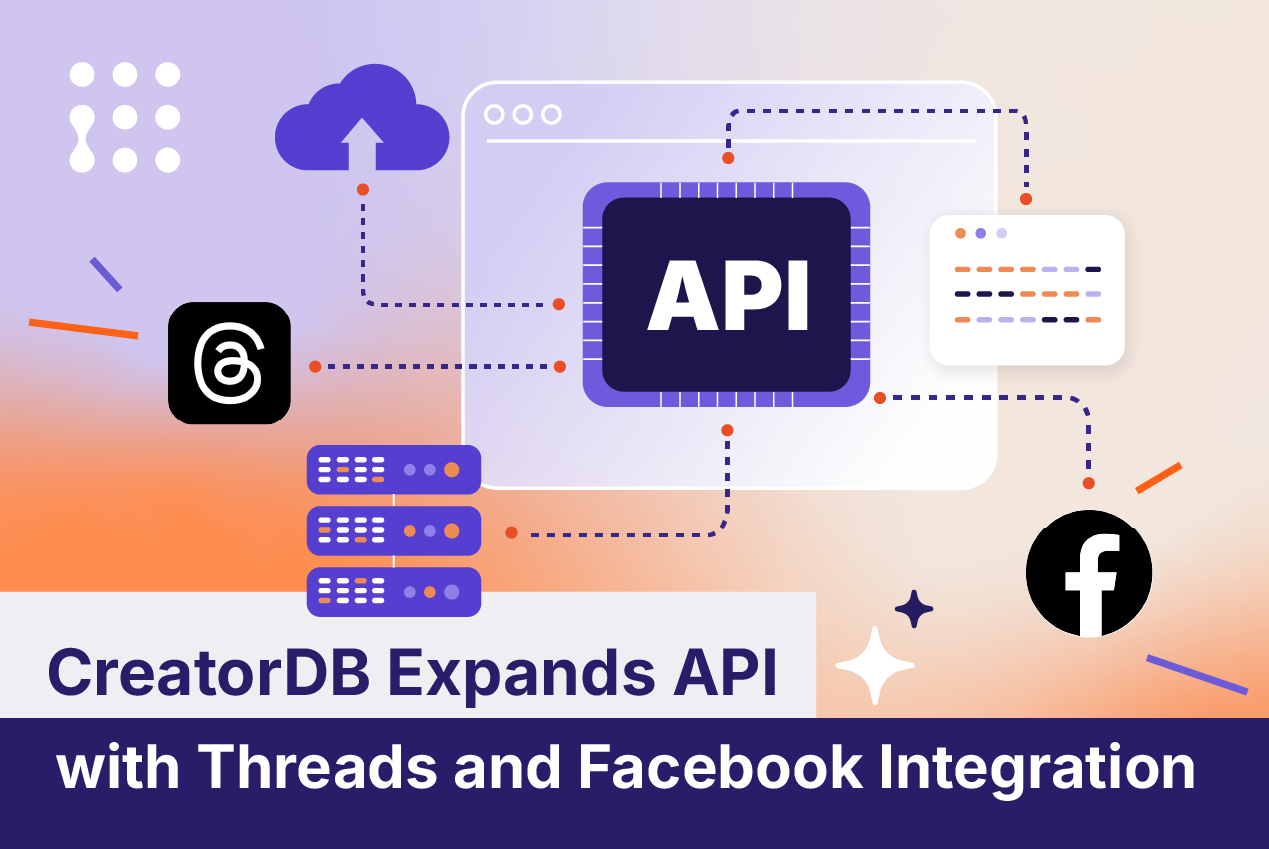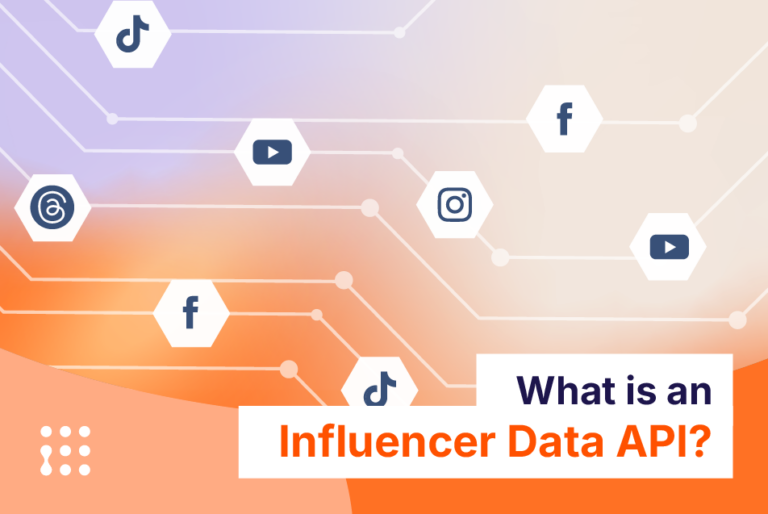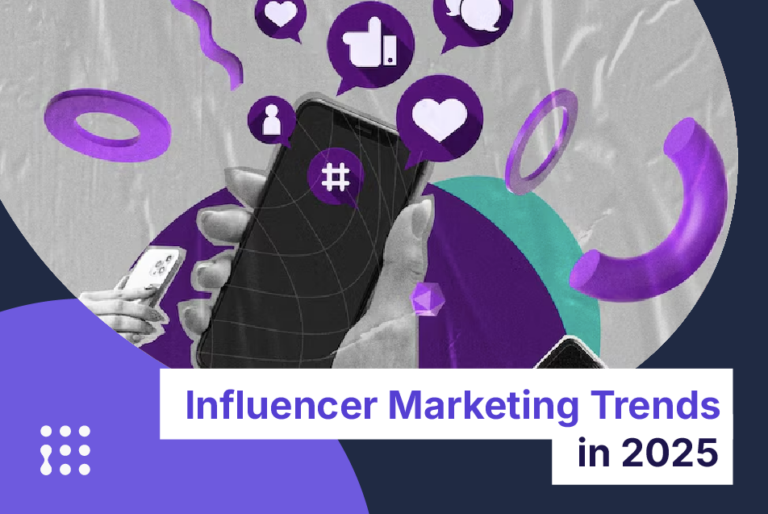Influencer marketing has come a long way from being a gamble to a data-driven powerhouse. Yet, sometimes marketers still struggle to measure its impact effectively. Without the right data, campaigns risk being based on guessing and assumption, rather than strategic insights.
Clear metrics are crucial for marketers. They help justify budgets, optimize campaigns, and align with business goals. More importantly, data enables smarter decision-making: from selecting influencers who align with your brand and audience to tracking KPIs that prove campaign success.
In this article, we’ll explore how marketers can leverage influencer data to enhance marketing strategies, optimize campaign performance, and create a competitive edge.
Understanding Influencer Data and Its Importance
Influencers and content creators live and breathe social media, and if social media platforms are good at one thing, that is collecting data. Influencer data includes various metrics that can help marketers assess content performance and drive better campaign outcomes. The key components include:
- Demographics: Age, gender, location, and interests of the influencer’s audience.
- Engagement Metrics: Likes, comments, shares, and overall interaction rates.
- Audience Insights: Follower growth trends, active engagement patterns, and sentiment analysis.
- Content Performance: Historical data on past collaborations, post reach, and effectiveness.
However, not all influencer data can be trusted. Social media platforms collect vast amounts of information, but access to this data varies. Some third-party tools estimate metrics, which can lead to discrepancies.
To ensure reliable insights:
- Choose trusted data providers with transparent methodology.
- Avoid vanity metrics like inflated follower counts. Focus on engagement and audience quality.
- Cross-check data across multiple sources to validate accuracy.
By leveraging accurate data, marketers can maximize ROI and reduce risks associated with influencer fraud.
10 Powerful Ways to Leverage Influencer Data for Smarter Marketing
1. Identify the Right Influencers
Selecting the right influencers is crucial for a campaign’s success. It’s not just about choosing creators with the highest follower count—it’s about finding those who align with your brand values and can drive real engagement.
Key influencer data points help ensure a successful collaboration, such as engagement rate, audience demographics, and content performance trends. Lastly, sentiment analysis reveals how audiences react to an influencer’s content, ensuring their brand perception aligns with your goals.
2. Measure Influencer Campaign Performance
Data is essential for measuring campaign success. By analyzing past content performance and key influencer metrics, you can track the impact of each sponsored post and identify which creators drive the best results. For brand awareness and recognition campaigns, monitoring audience reach and engagement helps assess effectiveness and refine future strategies.
3. Personalize Influencer Partnerships
Influencer data is key to creating impactful campaigns. Rather than relying on generic briefs, understanding a creator’s style and audience preferences allows for tailored sponsorships that resonate. By aligning the message with the influencer’s strengths and optimizing it for their audience, brands can drive deeper engagement and better results.
4. Optimize Content Strategies
Influencer data isn’t just valuable for influencer campaigns—it can also enhance your own content strategy. Identifying trends early allows your social media team to create timely, relevant content before competitors jump on the bandwagon. In a landscape where brands often struggle with poor timing, being a first mover is key to staying ahead and capturing audience interest.
5. Stay Ahead of Emerging Trends
Influencers are often the first to spot and embrace new trends, sometimes even before they hit the mainstream. By analyzing influencer content and engagement patterns at scale, marketers can detect rising topics, themes, or products gaining traction in real time. This gives brands a strategic edge, enabling them to jump on relevant trends early and create timely content that resonates. With the right data tools, trend tracking becomes proactive rather than reactive, which allows marketers to take lead in the conversation.
6. Monitor Competitor Collaborations
One of the advantages of social media is its transparency. Anyone can see what brands are doing, including their influencer partnerships. While manually tracking this can be overwhelming, influencer data platforms make it easy by consolidating competitor collaborations in one place. With this visibility, you can analyze what strategies are working for others, evaluate campaign performance, and uncover new partnership opportunities worth exploring.
7. Detect Fake Followers and Engagement Fraud
Spotting fake followers and engagement fraud can be challenging, especially when it’s done at scale using thousands of fake profiles and interactions designed to mimic real users. This is where influencer data providers shine. By analyzing large datasets, they can detect suspicious patterns and use advanced algorithms to flag accounts with inauthentic behavior, helping marketers avoid wasted spend and focus on real, high-quality influencers.
8. Refine Ads Targeting with Lookalike Audiences
Influencers and more importantly, their audiences, can offer valuable insights for your broader marketing efforts. By analyzing audience demographics, interests, and behaviors, you can build accurate lookalike audiences for paid channels like Google Ads or Meta campaigns. This data-driven targeting allows you to reach users who are more likely to resonate with your brand, improving campaign efficiency and ROI.
9. Localize Marketing Campaigns
When people think of influencers, they often picture celebrities with millions of followers. But in reality, most influencers are Nano- or Micro-influencers with highly localized reach and deep connections to their communities. These creators are ideal for region-specific campaigns, delivering authentic and relatable messages to local audiences.
Finding them manually can be nearly impossible if you’re unfamiliar with the area, but with the right influencer data tools, you can identify creators by city or region and tap into their trusted networks. Many platforms now offer detailed geographic insights, making hyper-local marketing more effective and scalable than ever.
10. Refine Product Development
Influencers aren’t just marketing partners—they’re often end users, especially in the creator economy. With access to accurate influencer data, brands can better understand creator needs, behaviors, and preferences, helping shape products that truly resonate with this audience.
For products targeting influencers directly, this data is invaluable. It reveals shared characteristics among successful users, enabling smarter market segmentation, improved product fit, and more efficient user acquisition, all while lowering overall development and marketing costs.
5 Ways to Obtain Influencer Data
Accessing accurate and actionable influencer data is the foundation of any data-driven marketing strategy. Here are 5 key ways marketers can source this data.
1. Directly Engage with Influencers
Building direct relationships with influencers can unlock in-depth insights, including performance metrics and audience data not publicly available. While this approach provides valuable context, it’s time-consuming and not scalable across large campaigns.
2. Leverage Social Media API Integrations
Major social platforms provide APIs that give limited access to influencer metrics. While APIs are valuable for pulling real-time data, they typically come with usage restrictions and offer only a partial view of creator performance, especially around engagement and audience details.
3. Use Influencer Marketing Platforms
These platforms offer a user-friendly interface to browse, evaluate, and manage influencer profiles. They’re ideal for campaign planning and vetting influencers. However, they often come with limitations on data export and flexibility.
4. Use Social Listening Tools
Social listening tools are platforms that monitor digital conversations across social media, forums, blogs, and more to track mentions of your brand, competitors, and industry trends. These tools help you identify rising influencers, analyze sentiment, and uncover valuable audience insights in real time. While not solely focused exclusively on influencer data, they can highlight creators who are already engaging with your niche and help inform data-driven collaboration decisions.
5. Access Third-Party Databases
Services like CreatorDB aggregate influencer data from multiple sources and make it available through searchable databases or APIs. These tools offer broader and more flexible access than native platforms, making them ideal for campaign planning, competitor analysis, and trend discovery.
Conclusion
Influencer data is no longer optional. It’s essential for building successful, results-driven marketing campaigns. Marketers who embrace data integration can make smarter decisions, partner with the right creators, and drive measurable impact. As the creator economy evolves, so should brands’ strategies. Now is the time to evaluate how influencer data fits into your marketing approach and uncover the opportunities it holds for sharper targeting, stronger ROI, and long-term success.


